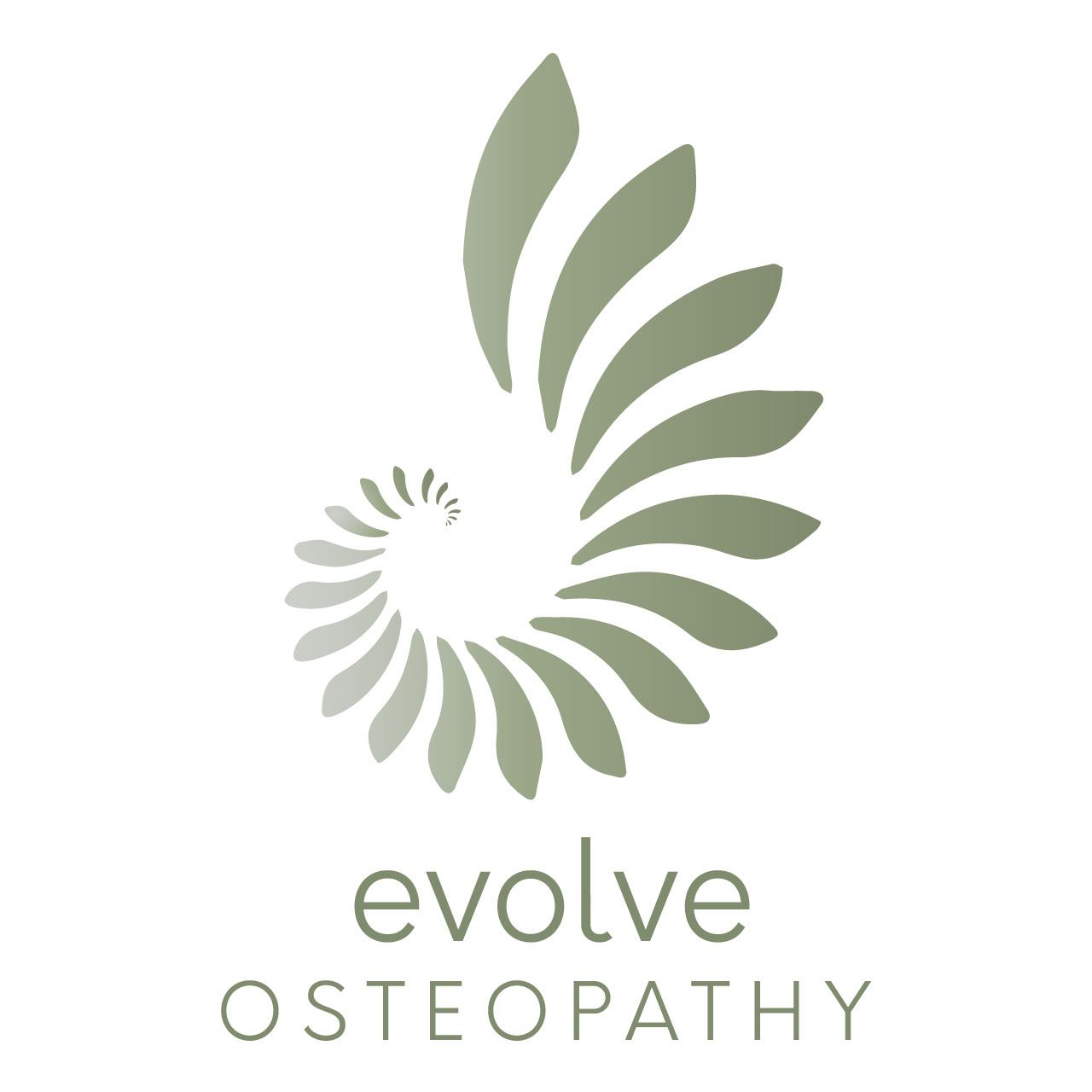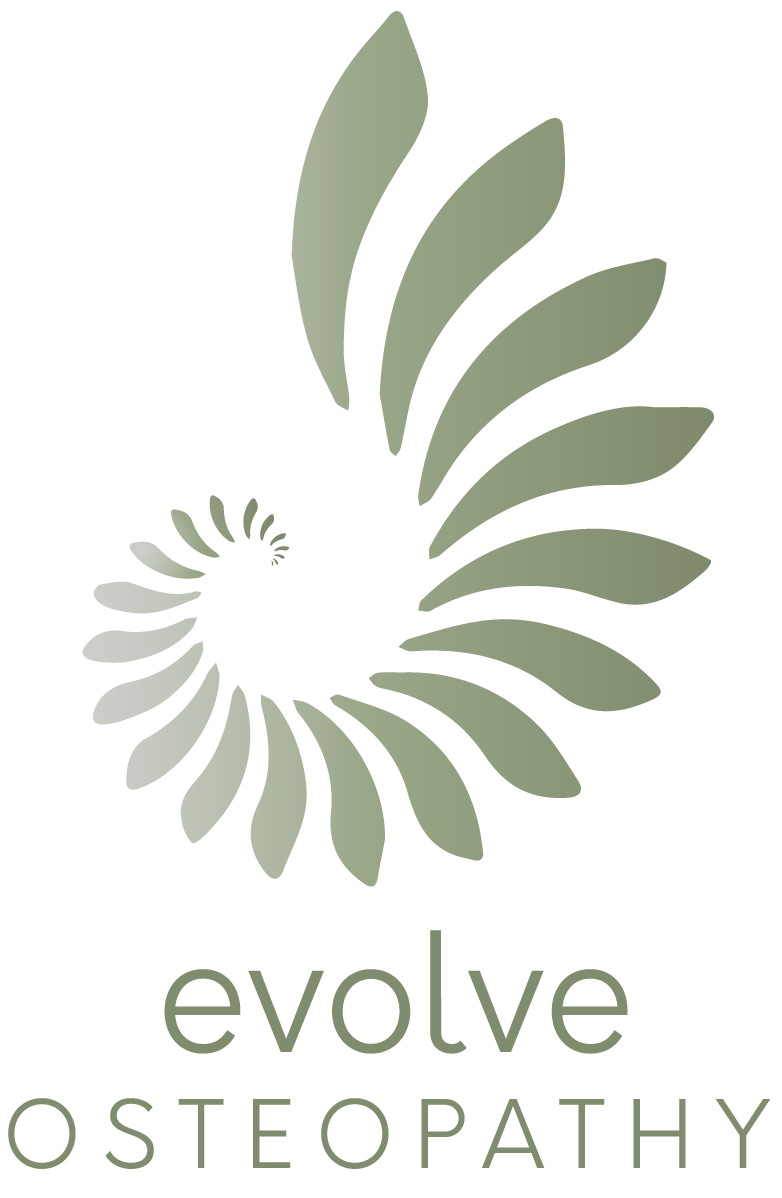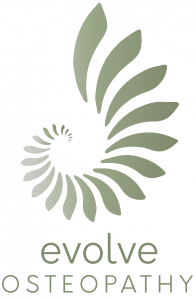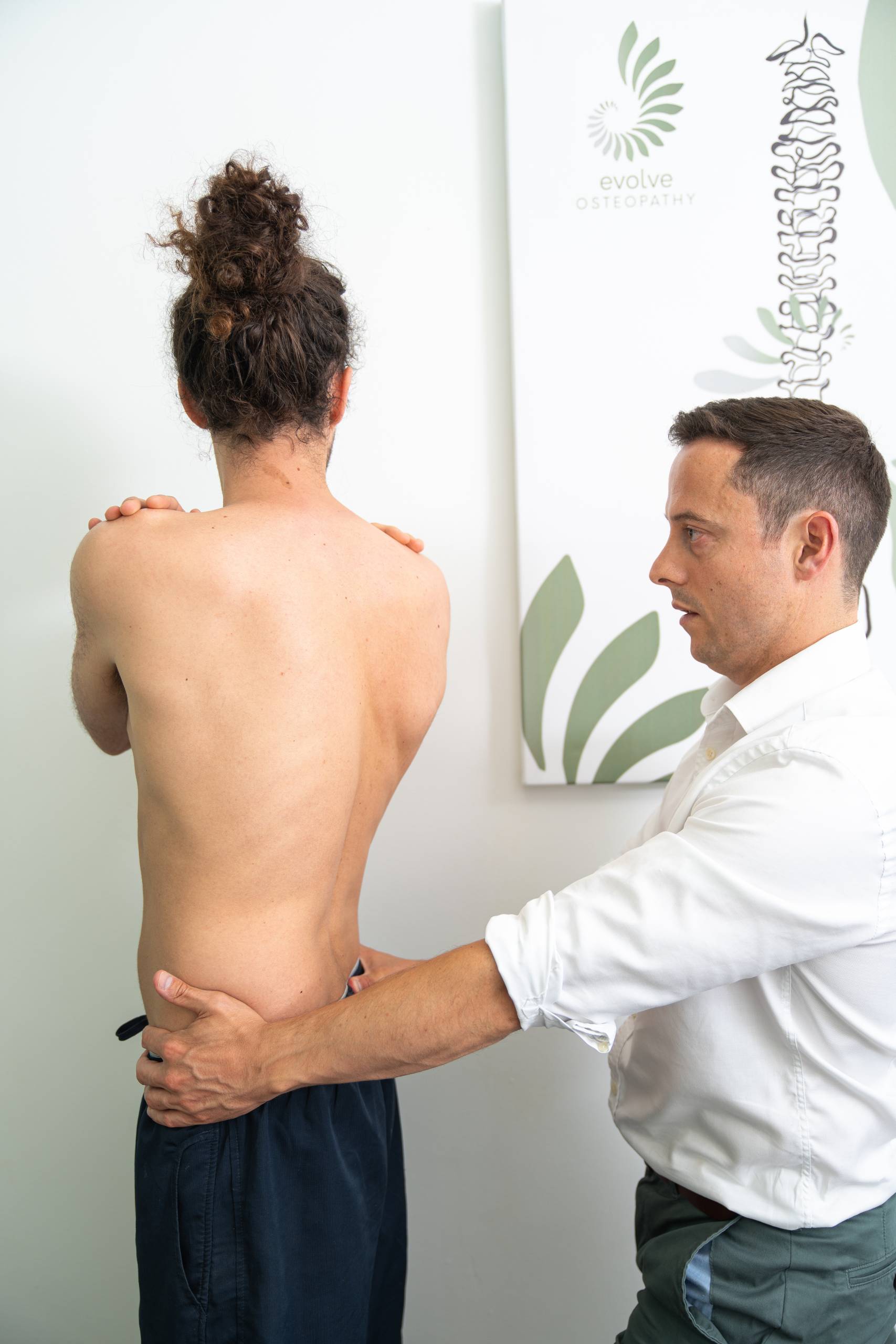Osteopathy, also known as osteopathic medicine, is a form of alternative healthcare that focuses on the musculoskeletal system and its relationship to overall health. Osteopaths believe that the body has the inherent ability to heal itself, and they employ manual techniques to facilitate the body’s natural healing process. If you are considering osteopathy for the first time, it is important to understand what to expect during your treatment sessions. This page will provide you with a comprehensive guide to the fundamentals of osteopathy and what you can anticipate during your sessions.
Osteopathy: Understanding the Basics
Osteopathy is a holistic approach to healthcare that considers the body as a whole, rather than focusing solely on the symptoms of a particular condition. It is based on the principle that the body’s structure and function are intimately connected, and that any disruption or misalignment in the musculoskeletal system can affect the body’s overall health.
Osteopathic treatment involves manual techniques, such as stretching, pressure, and resistance, to manipulate the muscles, joints, and bones. Osteopaths use their hands to diagnose and treat a wide range of conditions, including back pain, joint pain, headaches, and digestive issues. By restoring balance and mobility to the body, osteopathy aims to alleviate pain, improve overall health, and enhance the body’s natural healing abilities.
The Osteopathic Treatment Process: A Step-by-Step Guide
During an osteopathic treatment session, the practitioner will begin by taking a detailed medical history, asking about your symptoms, lifestyle, and any previous injuries or medical conditions. This information is crucial in understanding the underlying causes of your condition and tailoring the treatment to your specific needs.
Next, the osteopath will perform a thorough physical examination, which may involve assessing your posture, range of motion, and palpating various areas of the body to identify areas of tension or dysfunction. This hands-on assessment helps the osteopath pinpoint the root cause of your symptoms and develop an individualized treatment plan.
Once the assessment is complete, the osteopath will use a variety of manual techniques to address the identified issues. These may include gentle joint mobilisations, soft tissue massage, muscle energy techniques, and cranial osteopathy, among others. These techniques aim to restore normal function and alignment to the affected areas, promoting healing and reducing pain.
What to Expect During Your Initial Consultation
During your initial osteopathy consultation, you can expect your osteopath to spend a significant amount of time gathering information about your medical history and discussing your current symptoms. They may ask about your lifestyle, occupation, exercise habits, and any factors that may contribute to your condition.
It is important to be prepared to answer questions openly and honestly, as this will enable your osteopath to better understand your situation and provide the most effective treatment. You may also be asked to undress to your underwear or wear loose-fitting clothing to allow for a thorough examination and treatment.
The Benefits and Potential Side Effects of Osteopathic Therapy
Osteopathic therapy offers numerous benefits to patients seeking a natural and holistic approach to healthcare. It can help alleviate acute and chronic pain, improve posture and mobility, enhance circulation, and support the body’s natural ability to heal itself. Osteopathy is often used in conjunction with other medical treatments or therapies to enhance their effectiveness and promote overall wellness.
While osteopathy is generally safe and well-tolerated, there can be some potential side effects. These may include mild soreness or discomfort after the treatment, as the body adapts to the manual techniques used. Some patients may also experience temporary fatigue or emotional release as the body undergoes healing processes. It is important to communicate any concerns or discomfort to your osteopath during your sessions.
Osteopathy offers a comprehensive and individualised approach to healthcare, focusing on the body’s natural ability to heal itself. By understanding the basics of osteopathy, the treatment process, and what to expect during your initial consultation, you can approach your sessions with confidence and maximise the benefits of this alternative therapy. Remember to consult with a registered and qualified osteopath to ensure safe and effective treatment.



